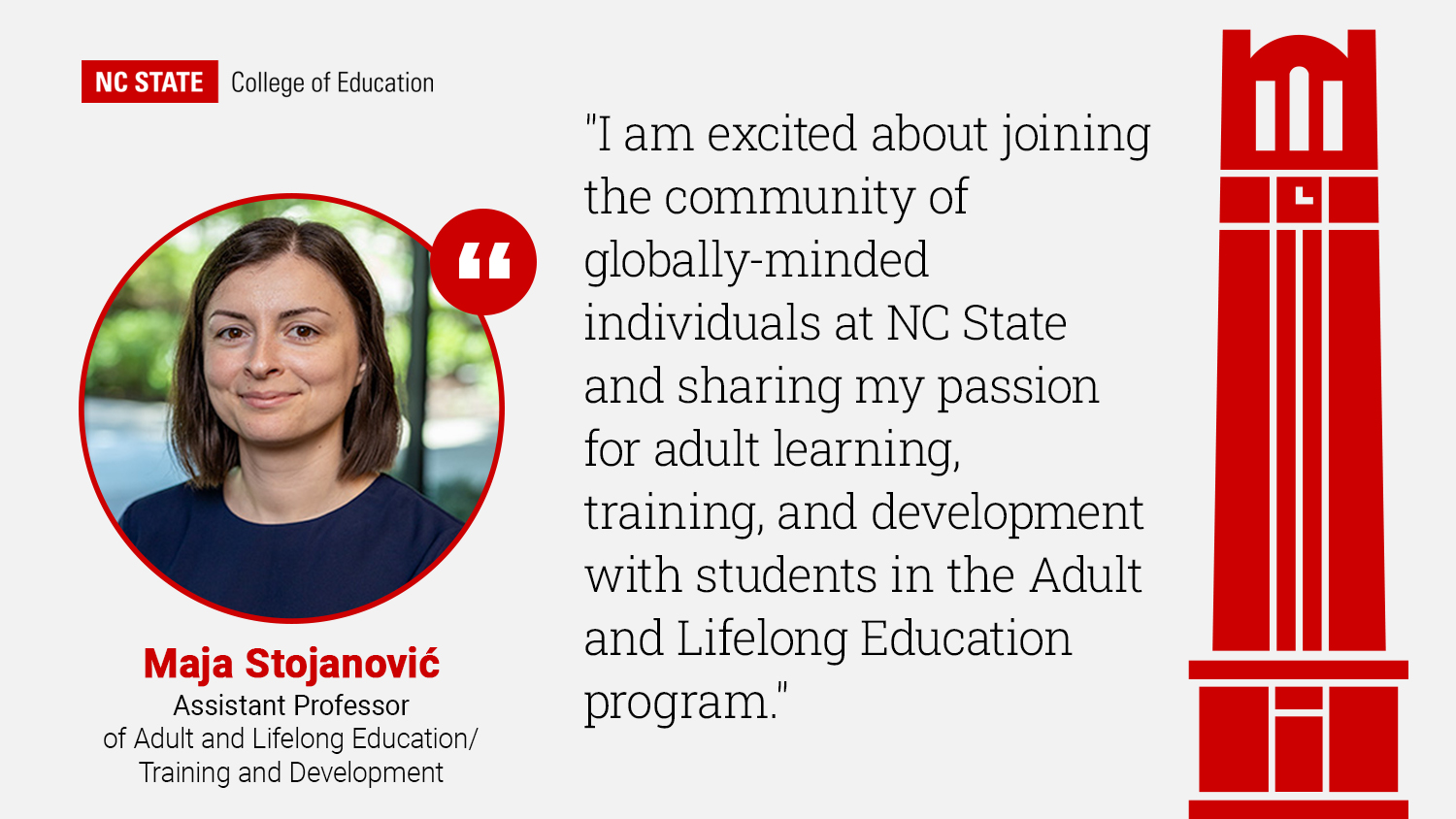Award-Winning Article Focuses on What It Means for Black Students to Belong at School

DeLeon Gray, Ph.D., learned as a graduate student that the concept of student belonging is closely linked to motivation and achievement. He has since spent years questioning what belonging means for students of different ethnic groups.
It was this line of questioning that led him to co-author “Black and Belonging at School: A Case for Interpersonal, Instructional and Institutional Opportunity Structures”, which investigates the opportunities black adolescents have to feel a sense of belonging at school and suggests aspects of the school environment that can support that feeling.
“My collaborators and I came together to focus on the opportunities that could be created to allow students to feel a sense of psychological belonging inside of their environment,” Gray, an associate professor of educational psychology at the NC State College of Education, said.
The American Psychological Association Division 15 Publications Committee recently recognized the article, which was published last year in Educational Psychologist, with the Best Article Award based on its quality, originality and contribution to the field of educational psychology.
Gray said research for the article helped him broaden his definition of belonging to expand past interpersonal connections and include the sense of connection black students feel both to the content they are learning and the environment in which they learn.
Without those connections, Gray said, student achievement could suffer.
“Belonging is a fundamental human need that all humans possess . . . and when you don’t have that, there’s several negative consequences cognitively, emotionally and in terms of the types of behaviors one might engage in,” he said. “We want students to find a sense of belonging that’s compatible with a sense of scholastic achievement and healthy development.”
In the article, Gray and his co-authors outline four strategies to examine school belonging, but he notes that focusing on student voices and allowing them to be involved in the education process is crucial. Teachers must view students as resources, use their knowledge to help connect classroom material to their lives and allow students to use their own experiences to enrich the content, he said.
Continuing his work in the field, Gray hopes to include middle and high school students as part of his research team and work to find creative ways to allow students to present research-based recommendations to school administrators.
“I owe it to myself as a researcher and owe it to the field of educational psychology to have those students on my research team because their ideas and their imaginations will take me further than my own or my team’s ever will,” he said.
4 Strategies from “Black and Belonging at School”
- Recognize existing school policies and environmental factors that could constrain suggested school belonging reform efforts: “Assessing how students of color are positioned in relation to school policies can lead to richer interpretations of institutional opportunity structures that contribute to black adolescents’ perceptions of where at school they expect their belongingness needs to be fulfilled.”
- Identify the conceptual and operational boundaries of instructional and institutional opportunity structures: “Conceptually speaking, interpersonal, instructional and institutional opportunity structures should all be assessed as sources of school belonging and not as measures of the school-belonging construct itself.”
- Develop observational tools that critically assess belongingness opportunity structures conveyed through classroom discourse: “Black students in culturally affirming classrooms have opportunities to explore their racial identities in a context that legitimizes their culture, thereby allowing them to see commonalities and take pride in connections to people who look like them.”
- Situate examinations of belonging opportunities within historical contexts: “Future research on school belonging among black adolescents must considerlocal, state and national events and policies specific to race politics and equity.”
- Categories:


